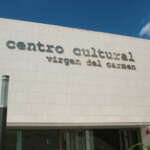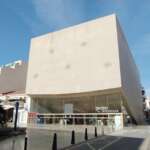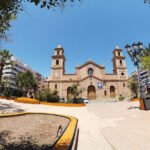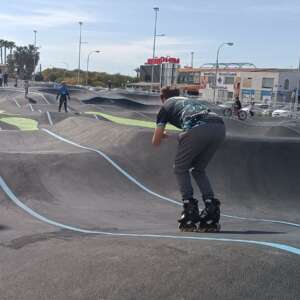

All of this week, many visitors to Torrevieja have witnessed the apparition of unusual creatures on the streets, and the papier mâché sculptures which will be burnt as part of the Hogueras, Midsummer night celebrations have been put on display.
The two main areas of focus to see the creations are Barrio Acequión and Barrio El Calvario, where the streets are dressed in bunting and the artistic creations on display.
A variety of events have been running through the weekend and continuing into the week, when the neighbours of the different areas come together to celebrate, in preparation for burning the effigies in a symbol ritual.
The event in Torrevieja will culminate on the evening of the 23rd, starting at 9pm, on the Playa del Cura. On the eve of Midsummer, thousands of people normally gather on the beaches to celebrate through the purifying ritual of lighting a bonfire on the beach and (hopefully) jumping over it, finally ending with a dip in the sea, and fireworks on Paseo Juan Aparicio.
Aside from the ritualistic element, the celebrations usually continue throughout the night as the partygoers celebrate the seasonal change in one of the most anticipated nocturnal events of the year.
However, this is not a unique Torrevieja event, similar events take place across Spain but the main location for the bonfires and party locally is in Alicante, particularly in the San Juan area, the main focus of the event.
Alicante celebrates a public holiday for the celebrations, after the event was declared as being of International Tourist Interest in 1983.
This festival itself dates back to the times when Alicante farmers celebrated the longest day of the year for the harvesting of crops and the shortest night for the destruction of evil, a tradition which soon spread to Alicante, although the then town hall effectively tried to ban the event before it began, issuing a notice stating, “Do not light bonfires in the streets, or shoot rockets on the night of San Juan”, with a penalty imposed on those who continued.
However, in 1881, an oversight by the council meant that the proclamation was not published, and so, taking advantage, the residents of Alicante joined together in neighbourhood groups to create their own street parties.
It was in 1928that the celebrations became official in the city of Alicante, founder José María Py urged the city council to give the celebration the same focus and attention as in Valencia, and so from tradition, the event which takes place today was officially born.
For its part, Valencia celebrated the event officially from 1932, although there was a break for the Civil War between 1936 and 1939 throughout, and is the ultimate destination for anybody wanting to celebrate the fallas in true style.
Valencia becomes awash with party spirit for the five days that conclude on Midsummer, with parades, bonfires and fireworks, much like the other celebrations, but on a much larger scale.
Fireworks, bangers, fires and costumes, plus the burning of the models are all part of the event, with music and drinking to accompany the action, you have a choice of locations to celebrate.
Maybe start small(er) with Torrevieja, go mid-range in Alicante, or travel to the ultimate party capital for fallas, Valencia.
Filed under: http://www.theleader.info/article/47685/
Home Insurance | Spanish Home Insurance | Home Insurance in Spain | Spanish Property | Costa Blanca Spanish Property | Spain Property | Euromillions | Euromillions Lottery Results













